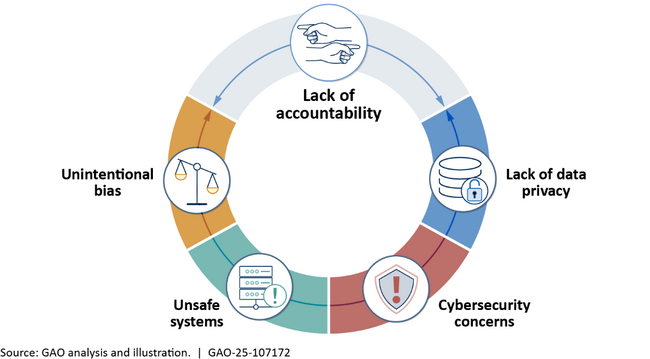Report by Siddhi Pal, Catherine Schneider and Ruggero Marino Lazzaroni: “… introduces a novel three-tiered classification system for global AI talent that addresses significant methodological limitations in existing workforce analyses, by distinguishing between different skill categories within the existing AI talent pool. By distinguishing between non-technical roles (Category 0), technical software development (Category 1), and advanced deep learning specialization (Category 2), our framework enables precise examination of AI workforce dynamics at a pivotal moment in global AI policy.
Through our analysis of a sample of 1.6 million individuals in the AI talent pool across 31 countries, we’ve uncovered clear patterns in technical talent distribution that significantly impact Europe’s AI ambitions. Asian nations hold an advantage in specialized AI expertise, with South Korea (27%), Israel (23%), and Japan (20%) maintaining the highest proportions of Category 2 talent. Within Europe, Poland and Germany stand out as leaders in specialized AI talent. This may be connected to their initiatives to attract tech companies and investments in elite research institutions, though further research is needed to confirm these relationships.
Our data also reveals a shifting landscape of global talent flows. Research shows that countries employing points-based immigration systems attract 1.5 times more high-skilled migrants than those using demand-led approaches. This finding takes on new significance in light of recent geopolitical developments affecting scientific research globally. As restrictive policies and funding cuts create uncertainty for researchers in the United States, one of the big destinations for European AI talent, the way nations position their regulatory environments, scientific freedoms, and research infrastructure will increasingly determine their ability to attract and retain specialized AI talent.
The gender analysis in our study illuminates another dimension of competitive advantage. Contrary to the overall AI talent pool, EU countries lead in female representation in highly technical roles (Category 2), occupying seven of the top ten global rankings. Finland, Czechia, and Italy have the highest proportion of female representation in Category 2 roles globally (39%, 31%, and 28%, respectively). This gender diversity represents not merely a social achievement but a potential strategic asset in AI innovation, particularly as global coalitions increasingly emphasize the importance of diverse perspectives in AI development…(More)”


